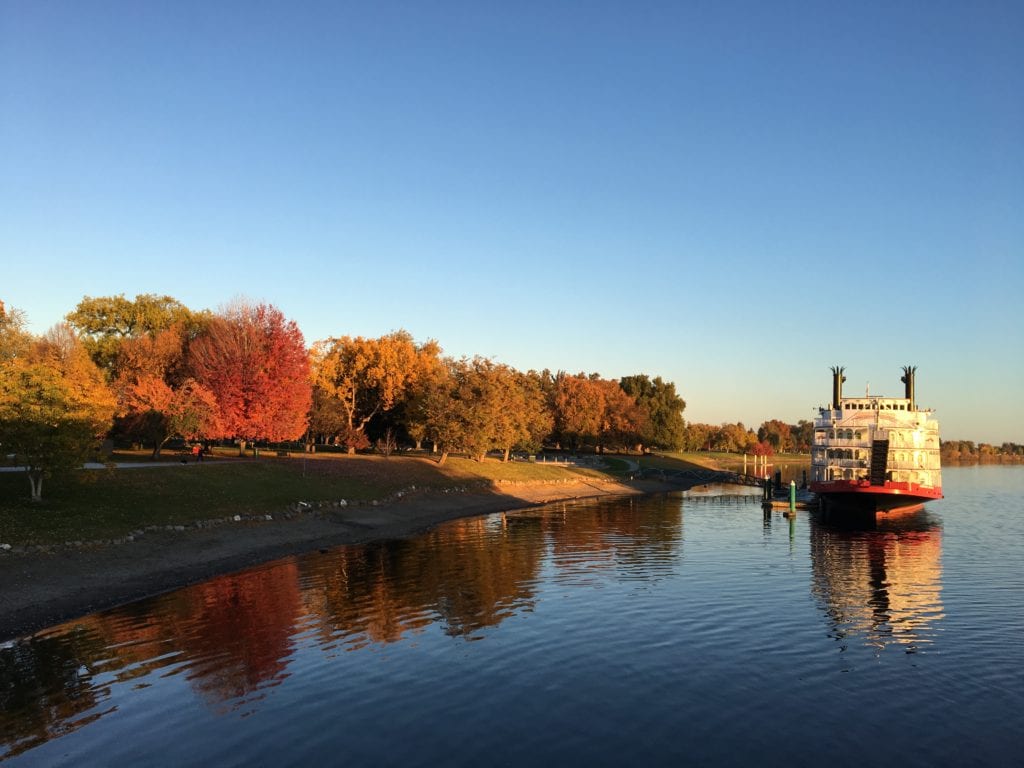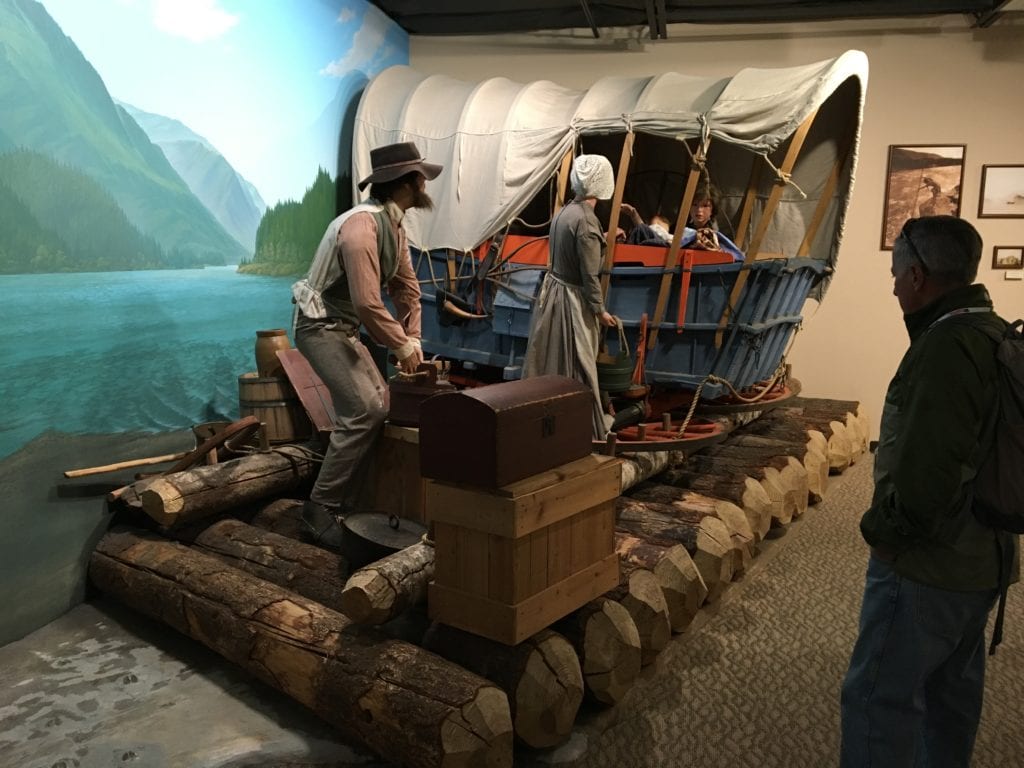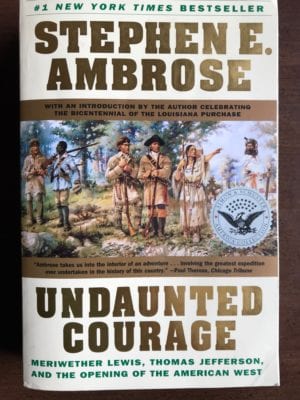
Recently my wife and I took a cruise down the Columbia River. I have always been a big fan of Meriwether Lewis and William Clark, and here was an opportunity to revisit some of their exploration.
Part of my pre-cruise preparation included a second reading of Steven Ambrose’s Undaunted Courage, a marvelous account of their incredible journey.
We started at Lewiston, Idaho and Clarkston, Washington, appropriately enough. The weather was beautiful, and the fall colors were awesome. I discovered the Columbia is a very big river, and by the time we reached Astoria and the Pacific Ocean, was equally in awe of the feats by this pair of pioneers and their intrepid crew.
We stopped to visit several museums detailing their expedition as well as later growth of the Oregon Trail, but what perhaps made this voyage most special was an onboard historian named Bill Wiemuth.
Throughout the cruise, Wiemuth gave dynamic, entertaining, detailed accounts of every phase of their trip and those that soon followed.
Perhaps Wiemuth’s best talent was adding fascinating little-known tidbits.
For example, at the end of each day of arduous pushing or pulling a 55-foot keelboat up the Missouri, the crew was given a dram of whiskey. I later asked him what a dram was, assuming it would be a typical modern-day shot glass, which is usually 1.5 ounces.
Nah, he replied. A dram was a full cup, which amounted to six ounces. He also mentioned this was not top-shelf whiskey, and likely the crew members passed out from both exhaustion and its effects, which would put them far over today’s DUI limits.

Another tidbit. Recently, I wrote an piece for The Cordova Times about Cordovan Martin Anderson and his boat building skills, when he wasn’t in the pubs. Well, guess what? The construction of the large wooden keelboat Lewis had designed for the expedition was delayed over six weeks, because the boat builder often quit work at noon to head off for happy hour(s). Consequently, the expedition’s arrival at winter camp in the upper Missouri was late.
For dog lovers, how about this? Lewis purchased a large black Newfoundland dog to accompany him on the exploration, and aptly named it Seaman. Not only did the dog prove to be a fine hunter and beloved by everyone in the expedition, it was a big hit with the Native American tribes encountered along the way, who had never seen a dog of such size and at first thought it was a black bear.
Then there was Sacajawea, the famous guide and translator. Turns out her correct name is Sacagawea, spelled with a “g,” not “j,” and she just happened to be the sister of the chief of a tribe that saved the starving expedition while trying to cross the Rockies. The “j” came from an error in translation of Lewis and Clark’s journals.
Another fascinating tale was the debate about which branch the expedition should take, when far up the Missouri, the river split. To justify U.S. claims to that area, President Thomas Jefferson had told Lewis to go as far north as possible in his search for a northwest passage to the Pacific.
Lewis and Clark split up to explore each branch, and upon returning, put the choice up to the entire party.
All the crew, including Sacagawea, voted for the muddy north branch, as it matched the waters of the Missouri they had been traveling. Yet they happily went along with Lewis and Clark, who selected the other branch. This turned out to be the right choice, as it led them to the Rockies, while the north branch (later named the Marias) was a dead end.

While most histories focus on successes of the expedition, often overlooked is the fact that Lewis ended up riding down-river lying flat on his stomach for the last leg of the return, after mistakenly being shot in the buttocks by George Drouillard. One of the most skilled hunters and translators on the trip, Drouillard mistook Lewis for a deer in the brush. Given the medicines and treatment skills of that era, Lewis was very lucky to survive.
Several years ago, while returning from our duck cabin on the Copper River Delta, the outboard on my riverboat blew a cylinder at the mouth of Alaganik. This was back in the days before cell phones, and neither my daughter Heidi nor her friend had hip waders, so I ended up pulling the boat four miles up to the landing. The pair used oars to keep the craft in the water while I walked along the banks pulling the bowline, a technique used by Lewis and Clark for much of their upriver travel, that was called cordelling.
Several times we had to row from one side of the slough to the other, due to cut banks or heavy brush making it impossible to walk. Fortunately, the tide was slack for the first part of the expedition, which took four hours.
I can’t imagine what Lewis, Clark and company went through on their incredible two-year journey.
Each night our cruise down the Columbia ended with a fine dinner, and an open bar which included as many drams of top-notch liquor as one would like.
And although no cordelling was required on our voyage through history, I must confess to tipping a few — to those men and woman of undaunted courage.





